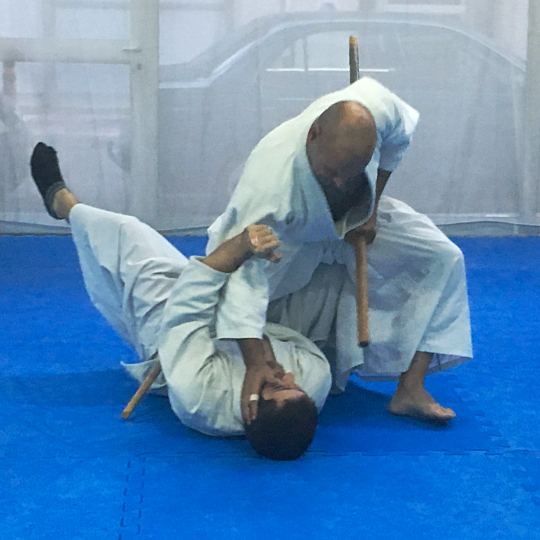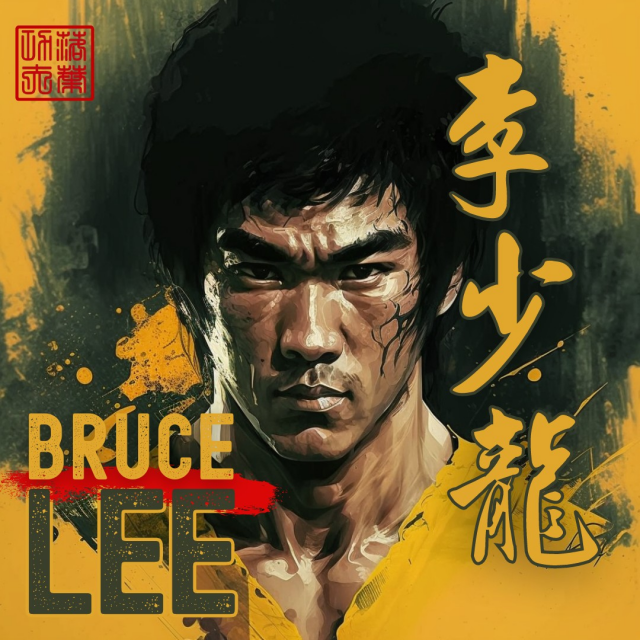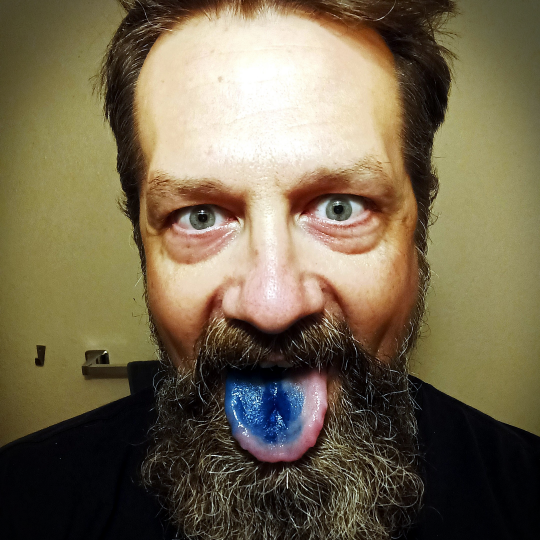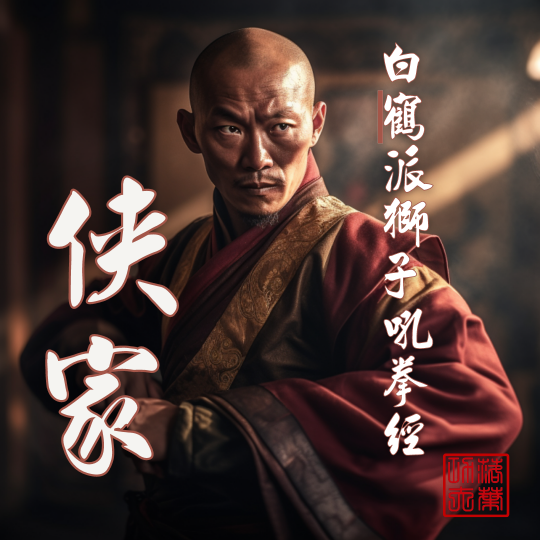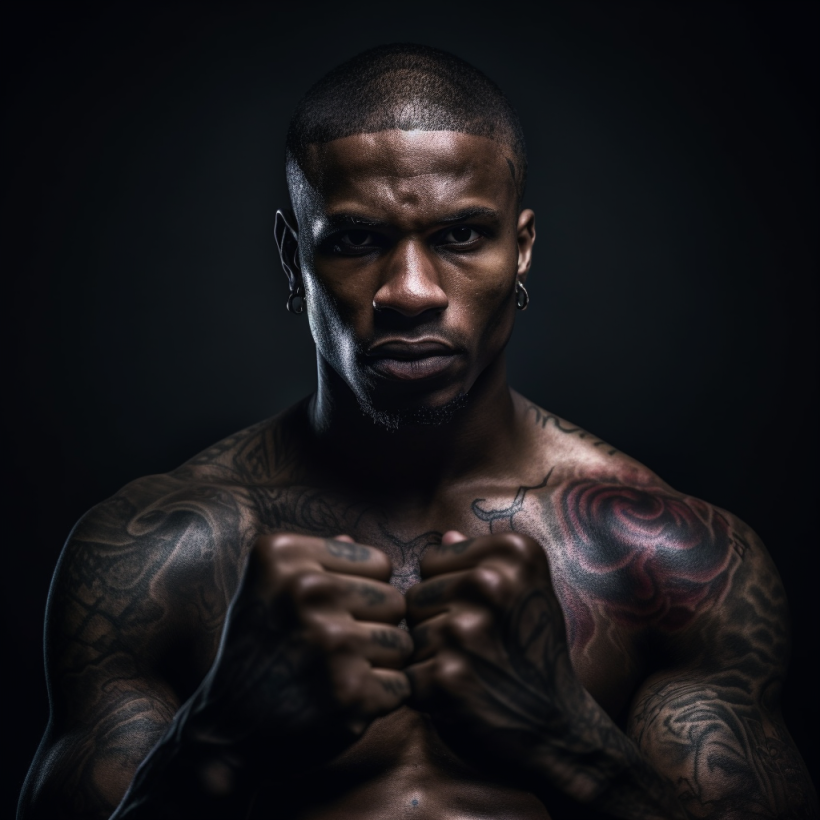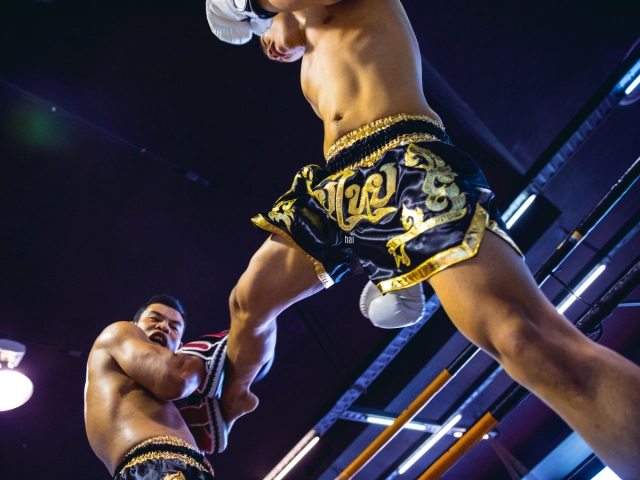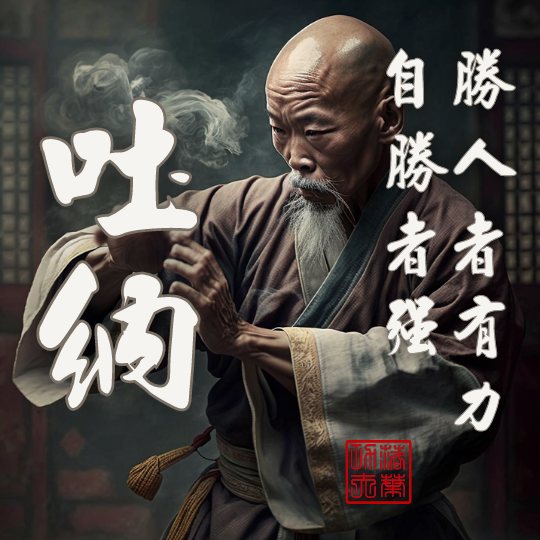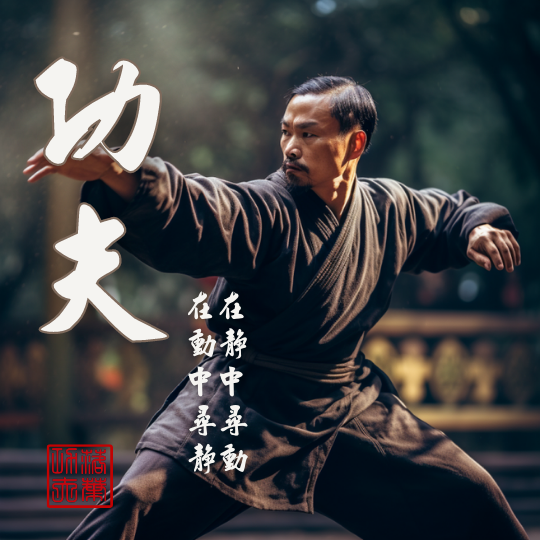
Mandatory Kung Fu in China: Fact or Fiction?
While it’s true that Kung Fu is an integral part of Chinese culture, it is not mandatory in China. In fact, the younger generations are often more drawn toward modern sports and activities. Moreover, as China becomes increasingly globalized and connected with the rest of the world, interests and hobbies have diversified, reflecting a broader range of influences.
Historically, Kung Fu has had deep roots in Chinese society, being both a form of self-defense and a method of building physical health and cultivating discipline, concentration and wisdom.

However, in contemporary China, martial arts such as Kung Fu are less commonly practiced than they once were. While some individuals, particularly those living in rural or less developed areas, might still engage in these traditional activities, many in urban centers prefer modern sports or exercise regimens.
In addition, China’s education system does not require learning Kung Fu or other traditional martial arts. Instead, the focus is primarily on core academic subjects such as math, Chinese, and English. Physical education classes involve sports like basketball, soccer, or track and field but rarely include Kung Fu.
Furthermore, with the rise of smartphones, eSports, and online games, Chinese youth have another outlet for competition and skill-building, which aligns more with the digital era. This shift reflects changing tastes and trends among younger generations in China, similar to patterns in many other countries worldwide.
However, there are efforts to revitalize interest in traditional martial arts. Many Kung Fu schools and institutes in China are dedicated to promoting and preserving these practices, often offering classes for interested learners. These establishments aim to pass traditional Chinese culture and values to the next generation.
While Kung Fu is an important cultural symbol and a significant part of China’s cultural heritage, it is not mandatory for Chinese citizens to learn or practice it. Instead, it remains an optional pursuit for those interested in traditional martial arts.
Mandatory Kung Fu In China; A Stereotype
The idea that Kung Fu is widely practiced in China is a stereotype perpetuated by popular media, particularly Hollywood movies. While Kung Fu is a vital part of Chinese cultural heritage, its practice is less widespread in China than many people outside the country might assume.
For the average Chinese person, Kung Fu is often seen as a performance art rather than a practical skill or a commonly practiced sport. Other sports like basketball, soccer, badminton, and table tennis are more popular in China. The rise of technology and eSports has also shifted the interests of the younger generations toward video games and digital competitions.
Moreover, many Chinese people consider Kung Fu more relevant to older generations. With rapid modernization and urbanization, younger Chinese citizens may view traditional martial arts as outdated, especially those living in cities. Instead, they are more likely to engage in modern exercise like running, swimming, or going to the gym.
The commercial success of Kung Fu movies and the global fame of stars like Bruce Lee and Jackie Chan has contributed to a romanticized image of Kung Fu in the eyes of the international community. However, the reality in China is different. While some people still practice Kung Fu and other traditional martial arts, and while these arts are respected as essential aspects of cultural heritage, they are not as central to most people’s daily lives as outsiders might believe.
This is not to say that Kung Fu is disappearing in China. On the contrary, numerous schools and institutions still teach Kung Fu, as well as government initiatives aimed at preserving and promoting this traditional art. However, it’s essential to understand that its role and prevalence in contemporary Chinese society are more nuanced than often portrayed in the media.
Kung Fu Schools In China
Many martial arts schools in China cater to ex-pats and tourists, offering classes in Kung Fu and other traditional martial arts. Some of these are quite commercialized and may prioritize the ‘experience’ of learning Kung Fu, often in a condensed time frame, over the detailed, years-long process of mastery that characterizes authentic Kung Fu training.
Finding a school that provides authentic and traditional Kung Fu training can be challenging, particularly for those who aren’t native to China or unfamiliar with the martial arts community. However, there are legitimate and traditional Kung Fu teachers that exist – they’re just a bit harder to find and may require more dedication and commitment to study with.
Authentic Kung Fu training generally requires a significant time investment, consistent practice, and in-depth study under the tutelage of a qualified master. Traditional teachers often emphasize the philosophical and cultural aspects of Kung Fu, not just the physical techniques.
Kung Fu In China Today
In recent years, interest in Kung Fu among Chinese youth has declined, while interest among foreigners has increased. Kung Fu tourism is a significant industry in China, attracting domestic and international tourists interested in Chinese martial arts. There are several factors contributing to this:
- Historical and Cultural Significance: Kung Fu is deeply ingrained in Chinese culture and history. Many tourists are attracted by the opportunity to learn about this cultural heritage by visiting historical sites or participating in Kung Fu classes or demonstrations.
- Famous Locations: Some locations in China are particularly associated with Kung Fu. The most famous is the Shaolin Temple in Henan province, which is considered the birthplace of Shaolin Kung Fu. Another well-known location is the Wudang Mountains in Hubei province, the birthplace of Wudang Kung Fu. These sites attract tourists annually who visit the historical sites and perhaps participate in a Kung Fu course.
- Media Influence: Kung Fu has been popularized worldwide through movies, TV shows, and other media, much of which originates from or is set in China. Fans of these media often wish to visit where their favorite films or shows were set or where the styles of Kung Fu they depict originated.
- Kung Fu Schools and Retreats: Many schools and retreats throughout China offer intensive Kung Fu training for varying lengths of time. These cater to various skill levels, from beginners to experienced martial artists. Some people attend these schools for the physical and mental benefits of Kung Fu training. In contrast, others are interested in martial arts philosophical and spiritual aspects.
- Events and Festivals: There are also numerous martial arts festivals and competitions in China, which draw participants and spectators worldwide.
In recent years, Kung Fu tourism has become a significant industry in China, contributing to local economies and encouraging the preservation and promotion of traditional Chinese martial arts. As a result, the Chinese government and private businesses have invested in infrastructure, marketing, and other efforts to support and capitalize on the popularity of Kung Fu tourism.
The Rise (& Fall) of San Da In China
San Da (Free Fighting) 散打, also known as San Shou (Free Hand) 散手, has roots in traditional Chinese martial arts and was developed as a sport.
Sanda is a full-contact sport that allows a wide range of techniques, including punches, kicks, throws, and sweeps, while prohibiting ground fighting. It was devised to take the intricate forms of traditional Kung Fu and apply them in a practical, competitive setting. I fought in Sanda competitions from 2006-2009 (or thereabouts).
Its development was led mainly by the Chinese Wushu Association, which sought to modernize Chinese martial arts and make them more accessible and competitive in a sporting context. The goal was not just to preserve the cultural heritage of Chinese martial arts but also to create a competitive sport that could test the effectiveness of various Kung Fu styles.
In that sense, Sanda can be seen as a bridge between traditional Kung Fu and modern combat sports. As a result, it has become popular not only in China but also globally. It is recognized for its practicality, athleticism, and spectacle.
Over recent years, the popularity of kickboxing with K1 rules, also known as Chinese kickboxing, has been increasing in China, particularly within the realm of professional combat sports. A significant factor in this shift is the success of promotions such as Kunlun Fight and Glory of Heroes, which have brought high-level kickboxing events and international competitors to the Chinese audience.
K1 is a kickboxing format that originated in Japan and gained global popularity due to its blend of techniques from various stand-up combat sports such as Muay Thai, Karate, and Boxing. The K1 rules emphasize continuous action and exciting fights, contributing to its growing appeal among fans and practitioners.
Consequently, more Chinese fighters have been drawn to K1 rules kickboxing, seeking to compete at a high level domestically and internationally. A relative decline in the popularity of Sanda has accompanied this shift. However, it’s worth noting that many Sanda practitioners have transitioned successfully to K1 rules kickboxing, given the similarity in the range of techniques allowed.
The Cultural Revolution’s Effect on Kung Fu
The end of the Qing Dynasty and the onset of the Chinese Communist Party’s (CCP) rule ushered in a turbulent era for China’s cultural heritage, including the practice of traditional Kung Fu. The period, which encompassed the Cultural Revolution, marked a direct assault on the ‘Four Olds 四舊’ — Old Ideas, Old Culture, Old Customs, and Old Habits (Chinese: Jiù Sīxiǎng 旧思想, Jiù Wénhuà 旧文化, Jiù Fēngsú 旧风俗, and Jiù Xíguàn 旧习惯) — in an attempt to reshape Chinese society. Many traditional practices, including Kung Fu, were stigmatized and suppressed as part of this initiative.
During the Cultural Revolution, traditional practices, including martial arts, were targeted as “feudal” or “bourgeois” and were often suppressed. As a result, schools were closed, and many martial arts masters were persecuted, forced into hiding, or killed. In addition, the traditional master-disciple relationship was seen as a potential threat to the authority of the Communist Party and the state, as it could foster dissent and nonconformity.
The intense political and social upheaval broke many traditional martial arts lineages during this period. As a result, much knowledge and many practices were lost. Numerous Kung Fu masters, fearing persecution, fled mainland China, seeking refuge in regions such as Taiwan, Hong Kong, Singapore, and Malaysia. My Sifu’s (Grandmaster Sam FS Chin, the founder of Zhong Xin Dao I Liq Chuan) family emigrated to Malaysia during this time.
Some even migrated further afield to America. In these new lands, they kept the rich legacy of traditional Kung Fu alive by continuing to practice and teach their art. As a result, Chinese martial arts began to gain global recognition, with Kung Fu schools appearing worldwide, profoundly influencing the development and perception of martial arts internationally.
After the end of the Cultural Revolution and the beginning of the reform and opening-up period in the late 1970s, there was a resurgence of interest in traditional Chinese culture, including martial arts. However, the martial arts scene had changed significantly, with a greater emphasis on performance and competition, often under the umbrella of Wushu, rather than the traditional fighting and self-defense aspects of Kung Fu.
Wushu
The Chinese Wushu Federation was established to promote and regulate Wushu, a modernized form of Kung Fu. The term “Wushu” is often used to denote this modern, sportive form of Chinese martial arts, distinguishing it from traditional martial arts.
After the Cultural Revolution, there was an effort to preserve, systematize, and modernize Chinese martial arts. This led to the establishment of the Chinese Wushu Association in 1958, which later became the Chinese Wushu Federation. The organization set out to standardize a curriculum for a broad, representative set of martial arts practices, which became known as Wushu.
Differences Between Kung Fu & Wushu
Unlike traditional Kung Fu, which emphasizes practical fighting skills and self-defense, modern Wushu focuses more on choreographed routines, aesthetic appeal, and athletic performance. It’s characterized by its fast, high jumps, spins, and kicks and is often performed with traditional Chinese weapons.
Wushu is taught in many sports universities in China and is even a popular extracurricular activity in many elementary and secondary schools. Wushu competitors are judged on their mastery of form, timing, and technique in both barehanded and weapon routines.
While establishing Wushu as a sport did much to popularize Chinese martial arts, both within and outside of China, it has also drawn criticism from some who feel that the emphasis on performance and aesthetics detracts from the martial efficacy and depth of traditional Kung Fu.
Regardless, Wushu has played a significant role in shaping the contemporary martial arts landscape in China and worldwide, and it continues to be a popular and widely-practiced sport.
The Rise of Modern Combat Sports In China
MMA, BJJ, and Boxing have seen a surge in popularity in China in recent years.
- The Chinese government’s keen interest in promoting Olympic sports and their aspiration to be globally dominant in athletics has notably popularized Taekwondo in China. As an Olympic sport, Taekwondo aligns with the country’s ambitions and offers a platform for demonstrating its athletic prowess. The government has actively supported and invested in Taekwondo training facilities, coaching, and athlete development. These efforts have been tremendously fruitful, as Chinese athletes have consistently performed well in Taekwondo at the Olympics, bringing home numerous medals. The success of Chinese athletes has fostered a growing interest and admiration for the sport among the general public, resulting in an uptick in participation at both the amateur and professional levels.
- Mixed Martial Arts (MMA): MMA is a combat sport that allows a wide range of fighting techniques from various martial arts. The sport has grown significantly in global popularity over the past few decades, and this trend has extended to China. High-profile promotions such as the UFC and ONE Championship have hosted events in China, and the success of Chinese fighters like Zhang Weili, who became the first Chinese UFC champion, has spurred interest in the sport. In addition, numerous MMA gyms have sprung up in major Chinese cities, offering training in martial arts that contribute to MMA, such as boxing, wrestling, Muay Thai, and Brazilian Jiu-Jitsu.
- Brazilian Jiu-Jitsu (BJJ): BJJ, a martial art that focuses on grappling and ground fighting, has also seen a surge in popularity in China. Part of this can be attributed to the rise of MMA, as BJJ is one of the vital martial arts used in MMA. In addition, BJJ’s strategic, chess-like nature, combined with its effectiveness in real-world self-defense situations, has attracted many practitioners. As with MMA, numerous BJJ gyms have been established in Chinese cities.
- Boxing: Boxing has been popular in China for some time, and its status as an Olympic sport certainly contributes to its appeal. The Chinese government emphasizes success in the Olympics, which has led to substantial investment in training and infrastructure for Olympic sports like boxing. The success of Chinese boxers, such as Zou Shiming, a multiple-time Olympic gold medalist, has also helped to popularize the sport.
These trends reflect a broader global shift toward interest in combat sports, which offer a mix of physical fitness, self-defense skills, and competition. The growth of these sports in China is likely to continue, driven by increased global exposure, the success of Chinese athletes, and a growing middle class with disposable income for fitness and recreational activities.
Conclusion: Kung Fu Is Not A Required Practice in China
In conclusion, it’s essential to understand that Kung Fu, despite being an integral part of Chinese cultural heritage, is not mandatory in China. The country’s diversifying interests, particularly among the younger generations, reflect a more global influence, showcasing a preference for modern sports and activities over traditional practices like Kung Fu.
Historically, Kung Fu has played a significant role in Chinese society, serving as a means of self-defense and cultivating physical health and moral character. However, this martial art is less commonly practiced in today’s China, especially in urban centers where modern sports and exercise regimens are more popular.
Moreover, Kung Fu is not a part of the compulsory curriculum within China’s education system, which emphasizes core academic subjects over traditional martial arts. Furthermore, as the digital era continues to evolve, Chinese youth have shown increased interest in eSports and online games, signaling a shift in their preferences.
That being said, efforts to rejuvenate interest in Kung Fu and other traditional martial arts are noticeable. Various Kung Fu schools and institutes are dedicated to promoting and preserving these practices, often offering classes to those interested in learning more about this aspect of Chinese culture.
Thus, while Kung Fu remains a symbol of cultural significance in China and a rich part of its heritage, it is not mandatory for the Chinese. Instead, it is an optional pursuit for those captivated by traditional martial arts, ensuring that this age-old practice remains relevant in a rapidly modernizing world.

Read More!
- Why Hand-to-Hand Combat Still Matters in the Firearm Era
- What is a Kung Fu Master Called?
- Woman Fight’s Off Her Attacker At The Gym!
- Bruce Lee’s Real Fights: The True Stories Behind the Legend
About the Author

Ashe Higgs, I Liq Chuan Master Instructor & L2 Nutrition Coach
Ashe is a highly skilled martial arts instructor and certified nutrition coach with over two decades of experience in the field. He holds a Master Instructor certification in I Liq Chuan under Sam FS Chin, making him one of only several individuals worldwide to hold the title. He has taught classes and workshops worldwide and is passionate about helping others achieve their fitness and wellness goals.
With a background in full-contact fighting and a Level 2 certification from Precision Nutrition in nutrition coaching, Ashe is a well-rounded expert in the fields of martial arts. In addition to his expertise, he has a wealth of experience in teaching and mentoring others. He has a natural ability to connect with his students and inspire them to reach their full potential.
Disclaimers & Conflicts of Interest
I am not a doctor, and the information provided should not be considered medical advice. The information provided is for educational and informational purposes only and should not be used as a substitute for professional medical advice, diagnosis, or treatment. Consult your doctor or a qualified healthcare professional before making any changes to your diet, exercise routine, or lifestyle.
Please note that some of the links provided in this content may be affiliate links, meaning that I may receive a small commission if you purchase through them. However, please rest assured that any products or services recommended are based on my personal experience and belief in their value. I only recommend products or services that I have personally used and believe in.




